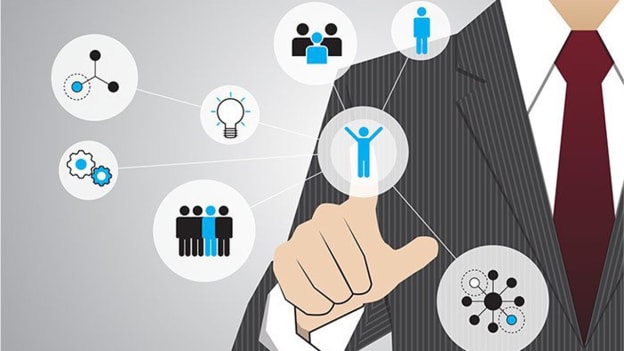Digital solutions pave way for employee well-being and improved productivity

The working population around the world has felt the impact of COVID-19 and how it changed the way they work. As people stayed confined to their homes – working remotely devoid of physical interaction – the ordeal took a toll on their mental health. According to a study by McKinsey, 42% of employees worldwide have expressed that their mental health had declined since the onset of the pandemic. Many experienced fatigue and complained about the lack of work-life balance.
Mental health can have a direct impact on employee productivity. The World Health Organization estimates that depression, anxiety disorders, and other conditions cost the global economy US$1tn per year in lost productivity. But employees who feel less stressed demonstrate more resilience, perform better, and feel more engaged and satisfied with their work.
Technology has certainly made the transition to remote working easier but has also blurred the line between work and personal life, leading to anxiety and burnout. The need for wellness becomes crucial at this time, as employees adapt to this new way of working, even as organisations decipher the future of work and implement hybrid models of working in the coming year.
Digital solutions can also be monumental in addressing problems. On its own, tech isn’t inherently “good” or “bad.” So how can tech be used for good? The ubiquity of personal digital devices – smartphones, fitness trackers, tablets, and so on – has enabled many programs to shift to digital format. They make it easy for employees to access relevant services at their convenience.
As we navigate through the remote way of working, technology can play an important role in improving the mental well-being of employees. A growing number of companies today are exploring technology and technology-enabled solutions for a holistic strategy to enhance employee well-being with the goals of improving individual performance, resilience, mental and physical health, and job satisfaction. Properly designed well-being programs also complement diversity and inclusion strategies by enhancing individual worker’s feeling of belonging and understanding. According to a recent APAC survey, 69% of organisations are integrating employees' physical, emotional, social and financial well-being programs into the benefits package and it will be the top benefits priority over the next two years.
The convenience of digital solutions makes support and assistance available anywhere, any time without the need for long wait time for face-to-face therapies. Besides being convenient, they are also easy to use and anonymous.
Telehealth, online fitness coaching, chatbots, wearables and digital biomarker apps can be used to address concerns, increase awareness, and collect physiological data. Analytic tools can then act on the data from wearables and suggest relevant solutions. For instance, activity trackers and meditation apps send custom notifications to reduce stress and fatigue based on the individual’s interests or even real-time brain activity; sophisticated machine-learning algorithms may instruct workers to take breaks when they are tired or switch an anxious employee to a less stressful task. Such interventions through broader digital solutions can be made without disclosing an employee’s details. By analysing the anonymised aggregated data, employers can identify employee pain points and take wellbeing measures accordingly.
At Mastercard, we are leveraging technology to help our people achieve their well-being goals. Our Live Well program, a global digital well-being initiative is a simple, easy-to-use tool that helps employees build healthy habits across all areas of wellbeing, keeping them connected with colleagues, add them as friends or participate in interactive challenges, and provide access to digital coaching tools. Through the app, employees get support for stress management and mindfulness; active lifestyle and exercise; better sleep; healthier eating; and retirement readiness, among others.
As the future of work evolves, mental health and well-being initiatives will become the norm and global corporations will need customised programs to address the unique and diverse issues of employees. Digital cognitive platforms will become a benchmark to deliver hyper-personalised programs focused on well-being.
Tech is only a means to the solution. It is important to first understand the needs and leverage it to address those needs. No tech solution can replace human leadership and empathy. But it’s heartening to see how far digital solutions have come in helping leaders address employee well-being.
















